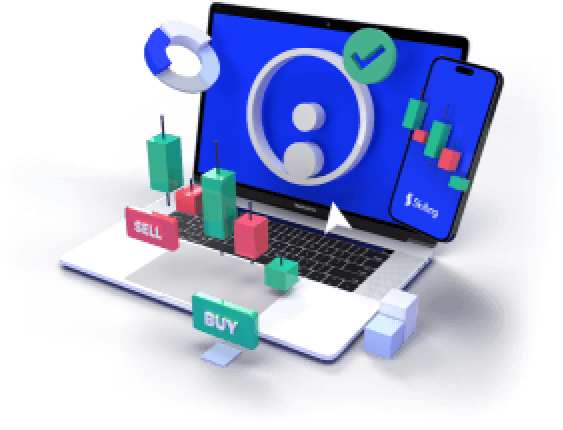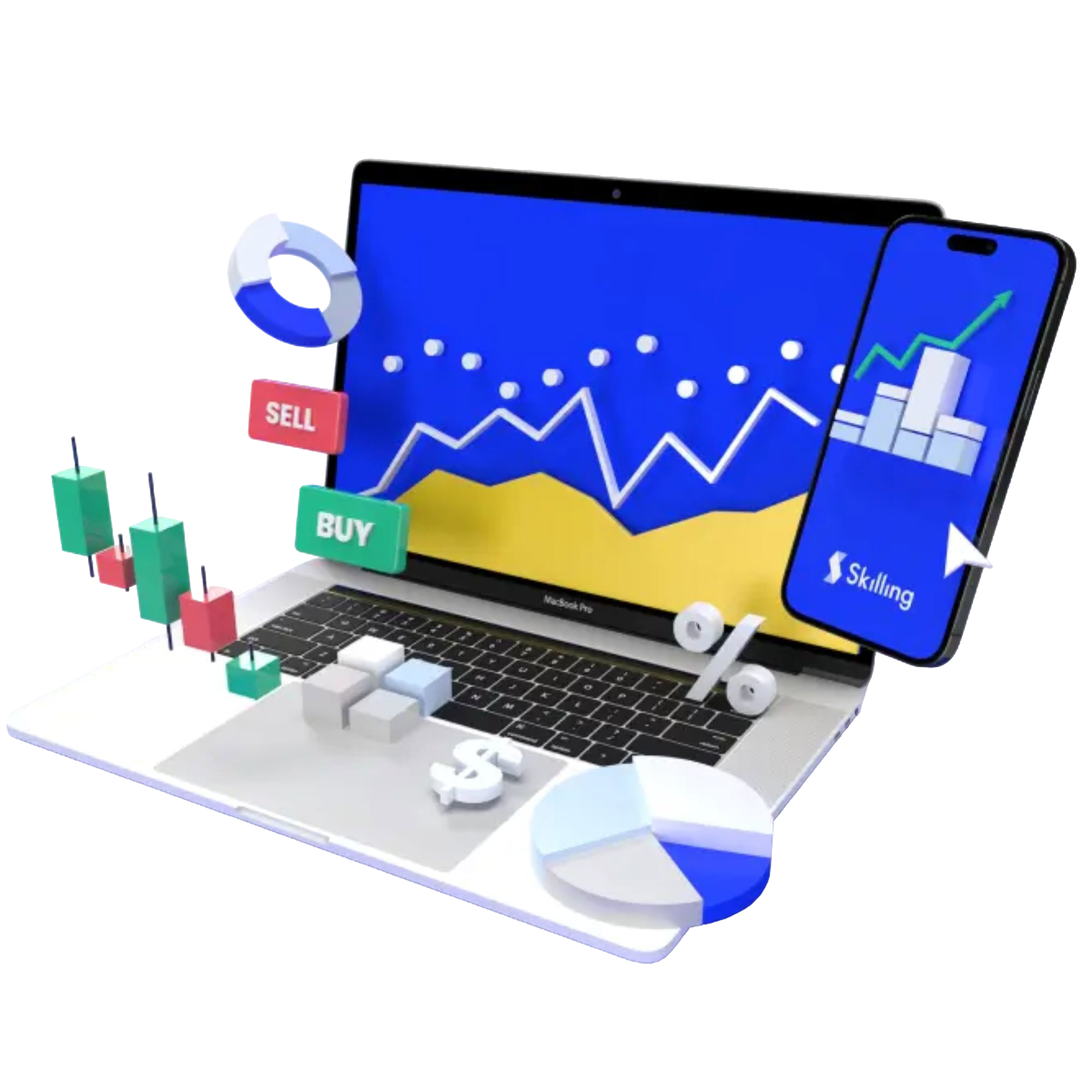

Few financial indices hold as much influence as the SPX 500. This essential benchmark not only measures the performance of the U.S. stock market but also reflects the economic pulse of the country. From the bustling atmosphere of Wall Street to the strategic discussions in corporate boardrooms, the SPX 500 plays a pivotal role in investment decisions, shaping the financial landscape for individuals and institutions alike. But what is the SPX 500, and what makes it a critical component of the global financial ecosystem?
What is the SPX 500?
The SPX 500, officially known as the Standard & Poor's 500, is a vital indicator of the U.S. equity market's performance. Launched on March 4, 1957, by Standard & Poor's, this index aggregates the performance of 500 large publicly traded companies on U.S. stock exchanges. It is widely recognized for its reliability in gauging the health of the American economy.
This index encompasses a variety of sectors, including technology, healthcare, finance, and energy, providing a comprehensive snapshot of the U.S. economy. The SPX 500 employs a market capitalization-weighted structure, meaning that larger companies, such as Apple, Microsoft, and Amazon, have a more substantial impact on the index's movements.
The index's value reflects changes in the stock prices of its constituents, adjusted for events like stock splits and dividends. It is expressed in points, and its value updates frequently during trading hours, making it a key focus for investors, analysts, and economists who rely on it as a measure of market sentiment and portfolio performance.
Practice with a Demo Account
Try our demo account and experience real market conditions.
71% of retail CFD accounts lose money.

How does the SPX 500 work?
The selection of companies for the SPX 500 is based on specific eligibility criteria, including market capitalization, liquidity, and financial stability. Here’s a breakdown of how the index operates:
- Selection of companies : A committee at Standard & Poor's evaluates which companies qualify for inclusion based on their market capitalization, trading volume, and sector representation. The goal is to ensure a diverse representation of large-cap companies across multiple industries.
- Weighting of stocks : Each company's weight within the index is determined by its market capitalization. Larger companies exert more influence on the index's performance, reflecting their significance in the U.S. economy.
- Index calculation : The index is calculated using a formula that accounts for the market prices of the constituent stocks, along with any corporate actions that may affect stock prices. This ensures continuity in the index's value over time.
- Ongoing maintenance : The SPX 500 is regularly reviewed to ensure it accurately represents the U.S. equity market. This includes periodic adjustments to the list of companies included in the index and rebalancing to account for changes in market values.
- Performance tracking : Investors and financial professionals widely monitor the SPX 500 as a benchmark for evaluating the performance of individual stocks and investment portfolios. It serves as a crucial reference point for mutual funds, ETFs, and other investment vehicles aiming to replicate or outperform the index.
How is the SPX 500 calculated?
The calculation of the SPX 500 begins by determining the free float-based market capitalization of each constituent company—essentially, the number of shares available for trading multiplied by the share price. These market capitalizations are summed to yield the total market capitalization of the index.
Next, the market capitalization of each company is divided by the total market capitalization to create a weighted average. This method ensures that larger companies exert a greater influence on the index's performance. Remarkably, the index's values are updated approximately every 15 seconds by Ultronics Systems Corp., a process they’ve managed since 1962.
To be included in the SPX 500, a company must be listed on the New York Stock Exchange or the NASDAQ. As of recent years, about 70% of their revenues typically stem from U.S. operations. Notably, as of March 2021, the top ten companies made up roughly 27% of the index's total market capitalization.
Capitalise on volatility in index markets
Take a position on moving index prices. Never miss an opportunity.
71% of retail CFD accounts lose money.

Components of the SPX 500
The SPX 500 is significantly impacted by major corporations, especially those in the technology sector, including Apple, Microsoft, and Amazon. Warren Buffett’s Berkshire Hathaway is also a key player in this index. Other notable companies include Johnson & Johnson in healthcare and JPMorgan Chase in finance, showcasing a diverse array of industries represented in the index.
The committee's selection process evaluates various criteria:
- A minimum market capitalization of USD 4.2 billion.
- Consideration of the company’s size and liquidity.
- Assessment of international operations.
- Analysis of sector representation.
- Evaluation of the company’s financial health and economic viability.
- Review of trading volume, with requirements for a minimum number of shares traded.
Trading the SPX 500
Trading the SPX 500 can be approached in several ways, with the most common being derivative instruments such as CFDs, futures, options, and exchange-traded funds (ETFs). These instruments allow investors to gain exposure to the entire index through a single position.
Trading Hours: The trading hours for the SPX 500 and SPX 500 ETFs generally align with the U.S. stock market hours, which are from 13:30 UTC to 20:00 UTC on weekdays. However, specific ETFs may offer extended trading hours, allowing for trading before or after the standard market times.
It’s crucial to consider factors like liquidity, bid-ask spreads, and transaction costs when trading SPX 500 ETFs or any other security. Consulting with a financial professional or conducting thorough research can provide clarity on trading strategies and associated risks.
SPX 500 vs. Dow Jones Industrial Average
While the SPX 500 includes 500 companies across various sectors, the Dow Jones Industrial Average (often referred to as US30) consists of only 30 companies. In the Dow, stocks with higher prices hold more weight in the index calculation, which is determined by summing the stock prices of its constituent companies and adjusting for the Dow Divisor. This limited approach contrasts with the SPX 500’s broader representation of the market.
Conclusion
Grasping the intricacies of the SPX 500 transcends mere numbers; it involves understanding the dynamic interplay of businesses, industries, and investors shaping our financial world. Whether you're a seasoned investor or just beginning your journey in the stock market, exploring the SPX 500 equips you with valuable insights into market dynamics and the potential for financial growth through trading.











